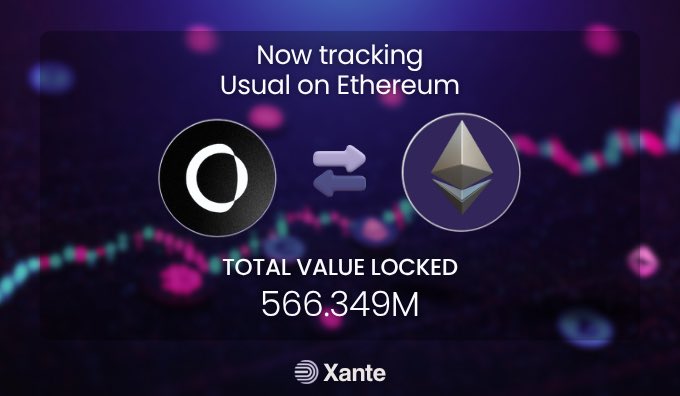Decoding the Current Ethereum Dynamics: Liquidity, Price Levels, and Smart Contract Security
—
Introduction: Ethereum’s Ever-Shifting Terrain
Ethereum never sits still. As one of the most actively developed and widely adopted blockchain platforms, its ecosystem is like a living organism—constantly evolving with new market activities, technical breakthroughs, and security challenges. Recently, a trio of interconnected themes has been shaping Ethereum’s present and immediate future: the flow and measurement of liquidity within decentralized finance (DeFi), the nuanced movements of ETH’s price in volatile trading ranges, and advancements in safeguarding its underlying smart contract infrastructure. Exploring these topics reveals not only the pulse of Ethereum today but also the broader implications for traders, developers, and users who rely on this blockchain network.
—
Unpacking Ethereum Liquidity Pools: The Lifeblood of DeFi
Decentralized finance fundamentally reshapes traditional finance by replacing centralized intermediaries with automated, user-powered liquidity pools. These pools hold tokens that users can swap instantly on decentralized exchanges (DEXs), eliminating the need for order books and centralized control. Transparency tools such as Xante’s real-time liquidity tracker shed light on this logistical backbone, revealing that over half a billion dollars ($566.349 million) is locked into the platform @usual alone.
Why Real-Time Liquidity Matters
– Visibility Breeds Confidence: Market participants gain immediate, concrete data on where capital sits, how much is available for trading, and how liquid the market is at any given time.
– Strategizing with Data: Understanding liquidity concentrations helps traders plan large orders to avoid slippage – the loss of value due to carrying out a trade in an illiquid environment.
– Risk Awareness: By monitoring liquidity’s ebb and flow, traders and liquidity providers can spot potential vulnerabilities or concentration risks that might affect market stability.
This instantaneous visibility into liquidity marks a crucial step towards balancing DeFi’s decentralized ideals with the practical demands of real-world market operations. Without centralized oversight, these data streams fill the information gap, enabling more informed and dynamic decision-making.
—
Ethereum Price Behavior: Support, Resistance, and the Dance of Breakouts
Price movements in volatile assets like Ethereum are often a game of zones rather than simple numbers. As market analyst Zen (@WiseAnalyze) points out, Ethereum’s price “touched liquidity pools at 2454 and bounced,” signaling strong support at that level. The process of re-testing price levels—especially resistance zones near 2818, 2900, and 3064—is a marker traders use to anticipate possible breakout events.
The Significance of Multiple Re-tests
– Seller Fatigue: When buyers repeatedly challenge a price ceiling, sellers controlling that level may start losing their grip.
– Growing Buying Momentum: As attempts to move prices higher continue, it suggests increasing confidence among buyers.
– Algorithmic Triggers: Automated trading bots often recognize patterns like a third attempt at breaching resistance, triggering buy or sell orders en masse.
Yet, markets are inherently unpredictable. While thrice-tested resistance increases odds of a breakout, it doesn’t guarantee it—reminding us that emotions, news, and other external forces still play a high-stakes role.
CME Gaps and Their Role
The mention of CME (Chicago Mercantile Exchange) futures gaps highlights another layer—markets outside of the immediate Ethereum blockchain environment exert influence on spot prices. These gaps happen when futures prices jump between sessions, creating “voids” that prices often fill later. This interplay between on-chain data and off-chain market behavior adds complexity to predicting Ethereum’s next moves.
—
SmartBugs and the Quest for Smart Contract Security
Behind the vibrant media buzz and soaring prices lies code—Ethereum’s smart contracts, which autonomously govern millions in value every day. Security in this realm is critical, as bugs can lead to devastating hacks or systemic failures. SmartBugs is an evolving solution, a framework combining 20 different analysis tools under one roof to audit smart contracts more efficiently and thoroughly.
Why SmartBugs is a Game-Changer
– Unified Interface: Instead of juggling multiple tools, auditors and developers can work within a cohesive platform, streamlining efforts.
– Adaptive Modes: With three operational modes, SmartBugs caters to diverse security requirements, from deep vulnerability scans to behavioral analyses.
– Preemptive Defense: Finding issues before launch reduces risks and fortifies user trust—a vital element in attracting and retaining users in DeFi.
This collective approach to contract auditing answers an acute need: Ethereum’s growing complexity demands smarter, more integrated security checks to keep pace with innovation.
—
Conclusion: Navigating the Intertwined Threads of Ethereum’s Future
Ethereum’s ecosystem is a vibrant tapestry woven from threads of liquidity, price dynamics, and security innovation. Real-time liquidity tracking empowers traders with vital knowledge, while careful monitoring of price levels and resistance points provides clues into market sentiment and potential movements. Meanwhile, sophisticated tools like SmartBugs elevate the security standards of smart contracts that underpin the entire decentralized economy.
Together, these dimensions reveal an ecosystem that is as challenging to master as it is captivating to watch. The evolving story of Ethereum encourages all participants—whether traders, developers, or enthusiasts—to stay informed and agile, embracing both the promise and the uncertainties that come with this decentralized frontier.
—
Sources
– Xante Twitter
– Zen Twitter
– Ryan Sikorski Twitter on SmartBugs











